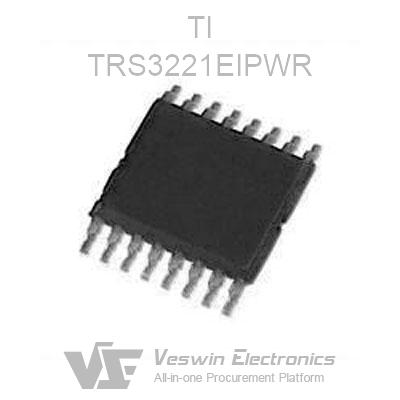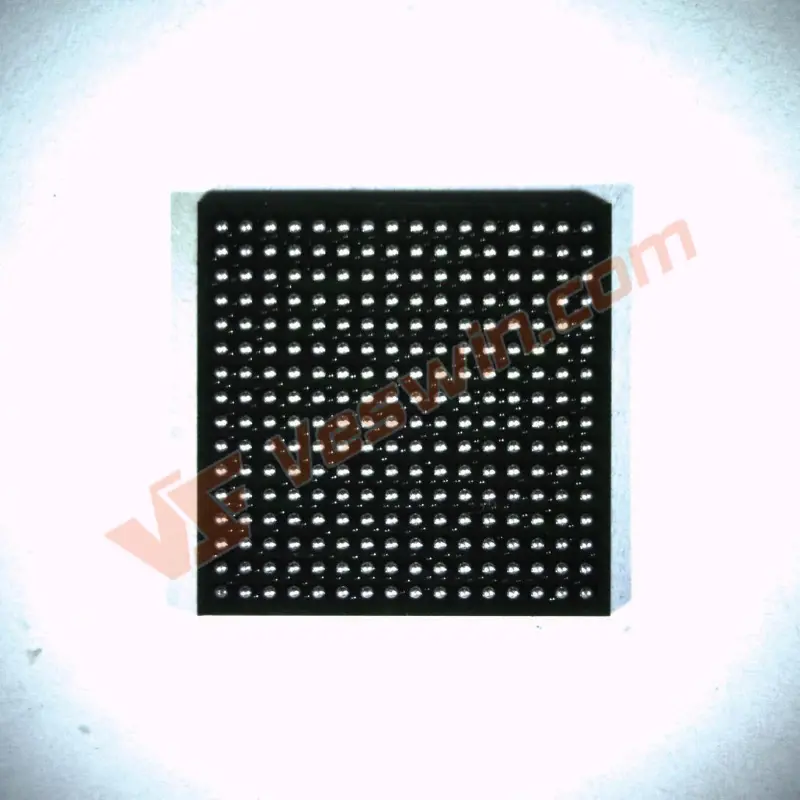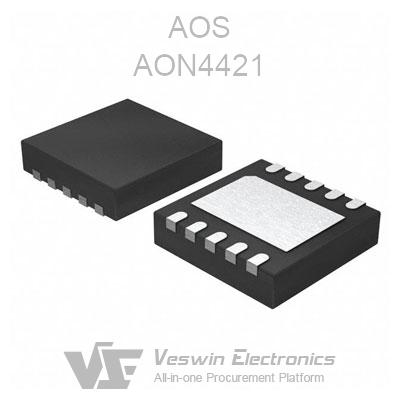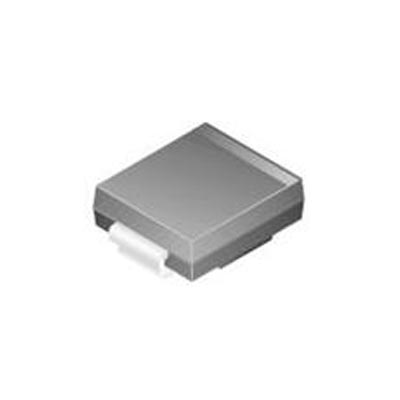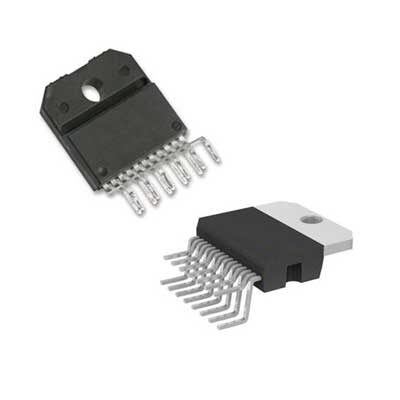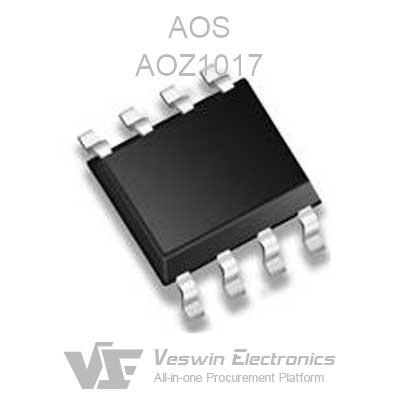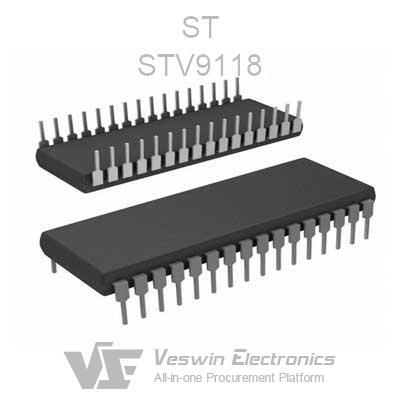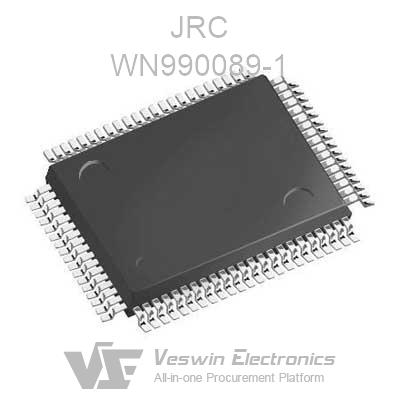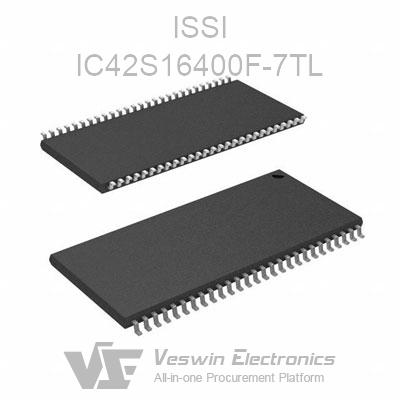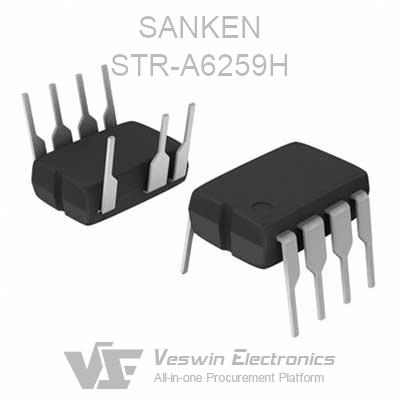Humidity sensor selection
The humidity sensor is selected and measured for the same weight and temperature. The humidity sensor is selected first to determine the measurement range. In addition to meteorological and scientific research departments, temperature and humidity measurement and control generally do not require full wet range (0-100% RH) measurement.
1. Select the measurement rangeIn today's information age, sensor technology is closely integrated with computer technology and automatic control. The purpose of the measurement is to control, the measurement range and the control range are collectively used. Of course, for those who do not need to engage in measurement and control systems, it is ok to directly select a universal hygrometer. The following is a list of the different requirements for the temperature and humidity of the humidity sensor in some application areas for the user's reference (see Table 1). The user proposes the measurement range to the sensor manufacturer according to the needs. The manufacturer gives priority to ensuring that the performance of the sensor is consistent and consistent within the scope of use, and obtaining a reasonable performance-price ratio is a mutually beneficial thing for both parties.
2, select the measurement accuracyAs with the measurement range, measurement accuracy is the most important indicator of the sensor. Every increase is a percentage point. For the sensor, it is the last step, even the previous level. Because of the different precisions, the manufacturing costs vary greatly, and the selling price is far from the same. For example, an imported low-cost humidity sensor is only a few dollars, and a full-wet humidity sensor for calibration is a few hundred dollars, a difference of nearly a hundred times. Therefore, users must tailor their clothes, and they should not blindly pursue "high, precise, and sharp."
![Humidity sensor Humidity sensor]()
Manufacturers often give the accuracy of their humidity sensors in sections. For example, the medium and low temperature sections (0-80% RH) are ±2% RH, while the high-humidity section (80-100% RH) is ±4% RH. And this accuracy is the value at a given temperature (eg 25 ° C). For example, use a humidity sensor at different temperatures. The indications also take into account the effects of temperature drift. It is well known that relative humidity is a function of temperature, which severely affects the relative humidity within a given space. The temperature changes by 0.1 °C. A humidity change (error) of 0.5% RH will be produced. In the case of use, if it is difficult to achieve constant temperature, it is not appropriate to propose excessive humidity measurement accuracy. Because the humidity is also erratic with temperature changes, the luxury measurement accuracy will lose its practical significance. Therefore, the first thing to control the humidity is to control the temperature. This is why a large number of applications are often temperature and humidity-body sensors rather than just humidity sensors.
In most cases, the accuracy of ±5% RH is sufficient if there is no precise temperature control or if the measured space is unsealed. For areas requiring precise control of constant temperature, constant humidity, or where it is necessary to track and record humidity changes at any time, select a humidity sensor with an accuracy of ±3% RH or higher. Corresponding temperature sensor. The temperature measurement accuracy must be ±0.3 °C or more, at least ±0.5 °C. The requirement that the accuracy is higher than ±2% RH may be difficult to achieve even the standard humidity generator of the calibration sensor, not to mention the sensor itself. According to the article of the National Standards Substance Research Center humidity chamber, "relative humidity measuring instruments, even at 20-25 ° C, it is still difficult to achieve 2% RH accuracy."
3, consider time drift and warm driftAlmost all sensors have drift and temperature drift. Since the humidity sensor must be in contact with moisture in the atmosphere, it cannot be sealed. This determines its stability and longevity is limited. Under normal circumstances, the manufacturer will indicate that the effective use time of one calibration is 1 year or 2 years, and it is responsible for recalibration due to expiration. Users should consider the channels for recalibration in the future when selecting sensors. Do not greet cheap or superstitious foreign goods and ignore the after-sales service.
The development trend of humidity sensors
In industrial and agricultural production, meteorology, environmental protection, national defense, scientific research, aerospace and other departments, it is often necessary to measure and control the environmental humidity. However, in conventional environmental parameters, humidity is one of the most difficult parameters to measure accurately. The method of measuring humidity with a wet and dry bulb hygrometer or a hair hygrometer has long been unable to meet the needs of modern technological development. This is because measuring humidity is much more complicated than measuring temperature, temperature is measured independently, and humidity is affected by other factors (atmospheric pressure, temperature). In addition, the standard of humidity is also a problem. The humidity calibration equipment produced abroad is very expensive.
![Humidity sensor Humidity sensor]()
In recent years, great progress has been made in the field of humidity sensor research and development at home and abroad. Humidity sensors are rapidly evolving from simple humidity sensors to integrated, intelligent and multi-parameter detection, creating favorable conditions for the development of a new generation of humidity/temperature measurement and control systems, and raising humidity measurement technology to a new level.


